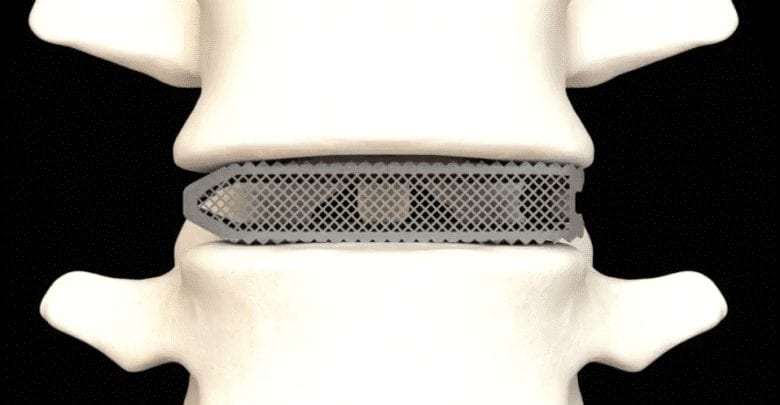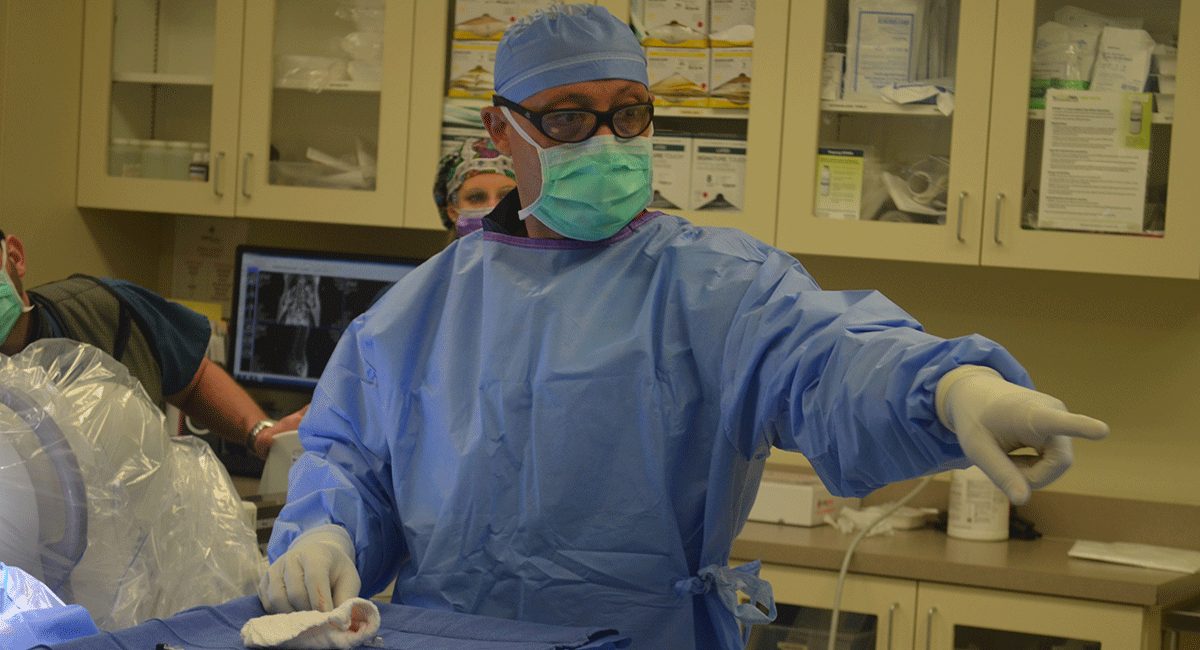Laser Spine Surgery vs. Minimally Invasive
The Importance of Understanding The Differences of Laser Spine Surgery vs. Minimally Invasive
Spine Surgery Technique vs Spine Surgery Tool
There are numerous minimally invasive spine procedures available for patients today. Minimally invasive surgical techniques utilize specialized instruments, which allow a surgical procedure to be done through smaller incisions with much less tissue disruption.
With all of the marketing buzz about laser spine surgery, it is important to understand the difference between the laser as a tool for minimally invasive surgery vs. many new advances in technology in the form of tools, techniques and minimally invasive spine procedures.
Minimally invasive spine surgery more often does not involve the use of a laser. It is important to understand that a laser is just a cutting tool that may sometimes be used in place of a scalpel to cut through soft tissues, such as discs and ligaments.
While lasers can be effective for some procedures, they aren’t necessary to achieve successful results and in many cases could be harmful. Most people consider laser surgery to be the most up-to-date, top-of-the-line surgery available, but in many cases, spine surgery is more effective when the surgeon uses minimally invasive techniques with a scalpel, rather than a laser.
The fact is that most spine surgeons do not use or recommend the use of lasers for spine surgery because there are no clear benefits and there are other well-established and documented studies proving the effectiveness of more modern and established spine surgery techniques.
Dramatic Advances In Minimally Invasive Spine Surgery (MISS)

Based in Dallas, Texas, Osseus Fusion Systems is a medical device manufacturer that is focused on the development of new medical products and treatments that are minimally invasive. Osseus offers its Aries lumbar interbody fusion devices in a range of sizes and lordotic angles. Within the medical industry, additive manufacturing is increasingly enabling patient-specific solutions—for implants, surgical guides and more.
Techniques of MISS have developed rapidly in the past few decades. The spectrum of MISS now includes spinal degenerative diseases, spinal trauma, spinal deformity and spinal tumors. Surgical materials, nerve monitoring, and computer-aided navigation have improved significantly. With these techniques, the risks, recovery time, and surgical complications have significantly decreased.
Which Surgical Tool Will Offer Precision?
With the intricacy of the human spine, laser spine surgery may not be the best procedure but could also be an extremely harmful procedure in many cases.
Lasers do not have the ability to maneuver around corners to reach the appropriate areas required in most spinal surgeries. A laser is a straight beam of light, while a skilled surgeon can use the scalpel and other tools to achieve great precision and maneuverability for a successful outcome. Lasers cut the soft tissue using heat, which can be transferred to the structures surrounding the area being worked on. This can lead to nerve damage, which can cause incontinence and loss of function.
A laser is another tool a surgeon will use in the operating room. It is the assumption of most lay people that a laser equals precision. That assumption can be a very dangerous one.
A skilled surgeon, with a scalpel, is just as precise, or more, as a laser without the risk of damage from heat. The majority of clinical studies in well-respected peer reviewed journals call into question the efficacy of lasers regarding spine surgery.
Choose Your Spine Surgeon Not the Tool
The most important decision you will make when preparing for spine surgery, or any spine treatment is choosing a well-respected and exceptionally trained surgeon.
What to Look for in a Spine Surgeon
It is important for patients to be as involved as possible in their own medical care. This includes the choice of doctors. Some managed care programs leave little room for choice, but if you are able to choose your physician, here are some guidelines on what to look for in a spine specialist:
- Make sure the spine surgeon is board certified (or board eligible) and fellowship trained in spine.
This means that in addition to the usual surgical residency requirements, he or she has completed a fellowship program in spine that included at least one additional year of training specific to spine surgery. - Choose a spine surgeon who devotes at least 50% of his or her practice to the treatment of spinal conditionsA physician who sees mostly spine patients will be more up-to-date on newer technologies and techniques than a physician who only sees spine patients occasionally.
- In addition to the physician’s credentials, make sure the physician you choose is someone you feel comfortable with.After all, finding a physician you can trust is almost as important as his or her experience. Good communication is essential in a doctor/patient relationship.
- Talk to the physician about his or her experience with the latest techniques and technologies in spine surgery.

